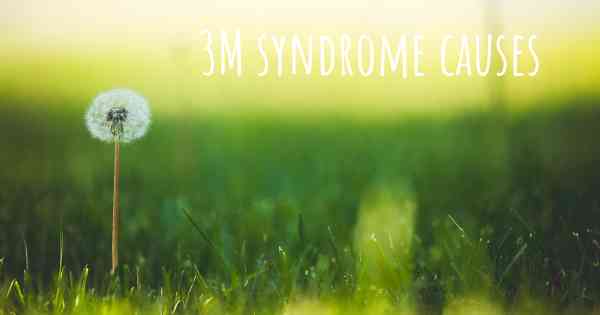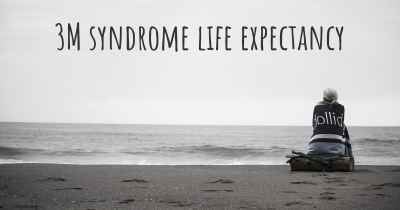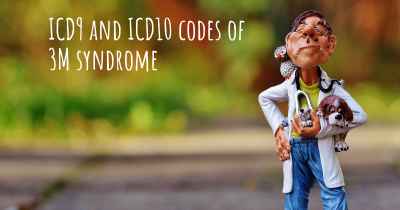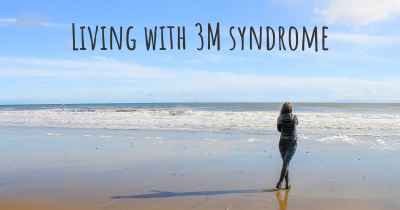Which are the causes of 3M syndrome?
See some of the causes of 3M syndrome according to people who have experience in 3M syndrome

3M syndrome is a rare genetic disorder characterized by stunted growth, distinctive facial features, and skeletal abnormalities. It was first described in 1974 and is named after the initials of the three researchers who identified it: Miller, McKusick, and Malvaux. The exact prevalence of 3M syndrome is unknown, but it is estimated to affect approximately 1 in 1 million individuals worldwide.
The primary cause of 3M syndrome is mutations in certain genes that are involved in the regulation of skeletal growth and development. The most commonly affected gene is CUL7, which provides instructions for producing a protein involved in cell division and growth. Mutations in the CUL7 gene disrupt the normal functioning of the protein, leading to the characteristic features of 3M syndrome.
However, not all cases of 3M syndrome can be attributed to mutations in the CUL7 gene. Other genes, such as CCDC8 and OBSL1, have also been found to be associated with the condition. These genes play a role in various cellular processes, including bone development and growth regulation.
The inheritance pattern of 3M syndrome is autosomal recessive, which means that an affected individual must inherit two copies of the mutated gene (one from each parent) to develop the disorder. If both parents are carriers of a mutated gene, each of their children has a 25% chance of inheriting two copies and being affected by 3M syndrome.
The specific mechanisms by which mutations in the CUL7, CCDC8, and OBSL1 genes lead to the characteristic features of 3M syndrome are not fully understood. However, it is believed that these mutations disrupt the normal growth and development of bones, resulting in the short stature and skeletal abnormalities observed in affected individuals.
It is important to note that 3M syndrome is a genetic disorder and is not caused by any external factors or environmental influences. It is typically diagnosed based on clinical features, such as short stature and characteristic facial appearance, as well as genetic testing to identify mutations in the associated genes.
Although there is currently no cure for 3M syndrome, management of the condition focuses on addressing the specific symptoms and providing supportive care. This may include growth hormone therapy to improve height, orthopedic interventions to manage skeletal abnormalities, and regular monitoring of overall health and development.








